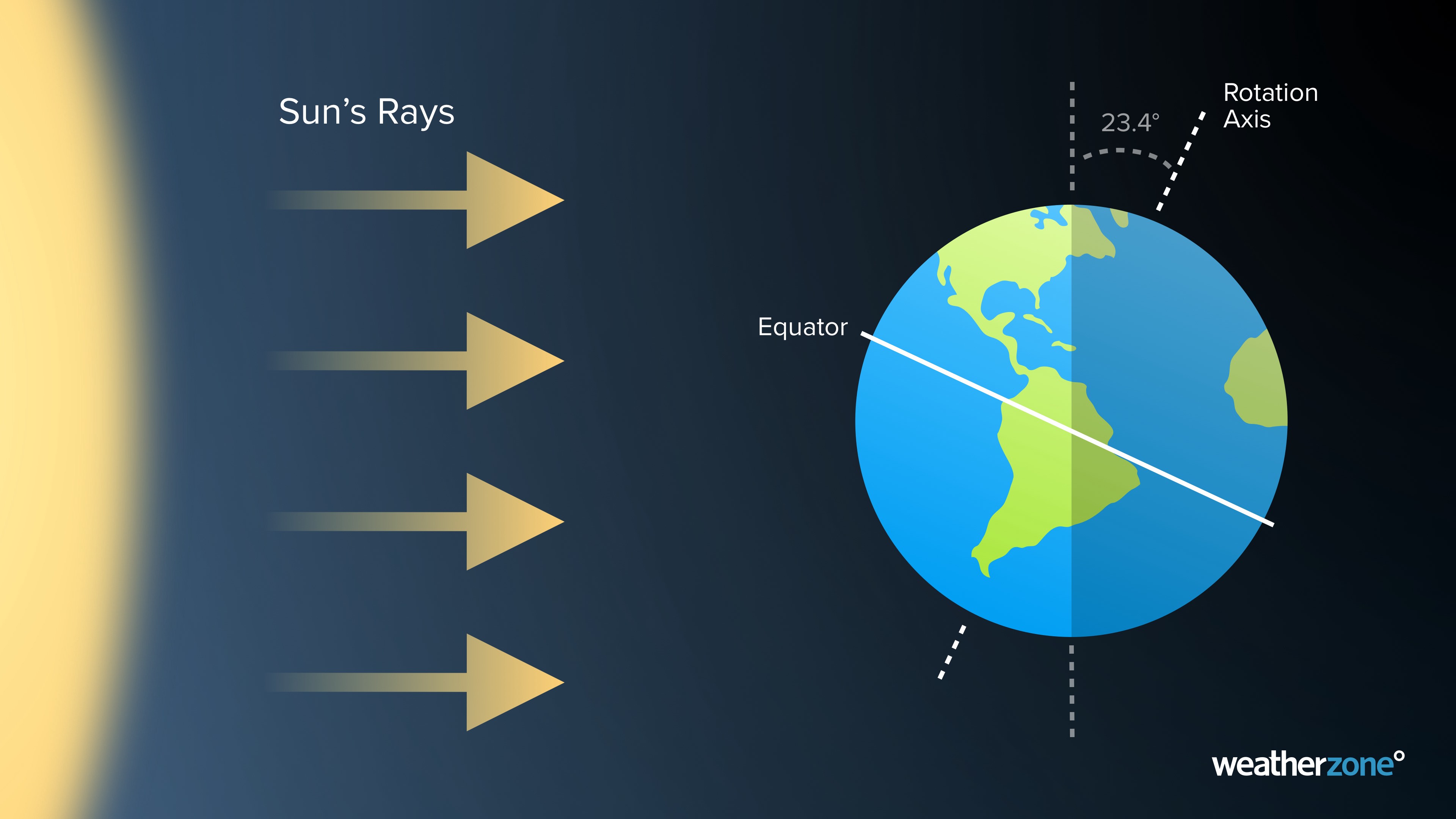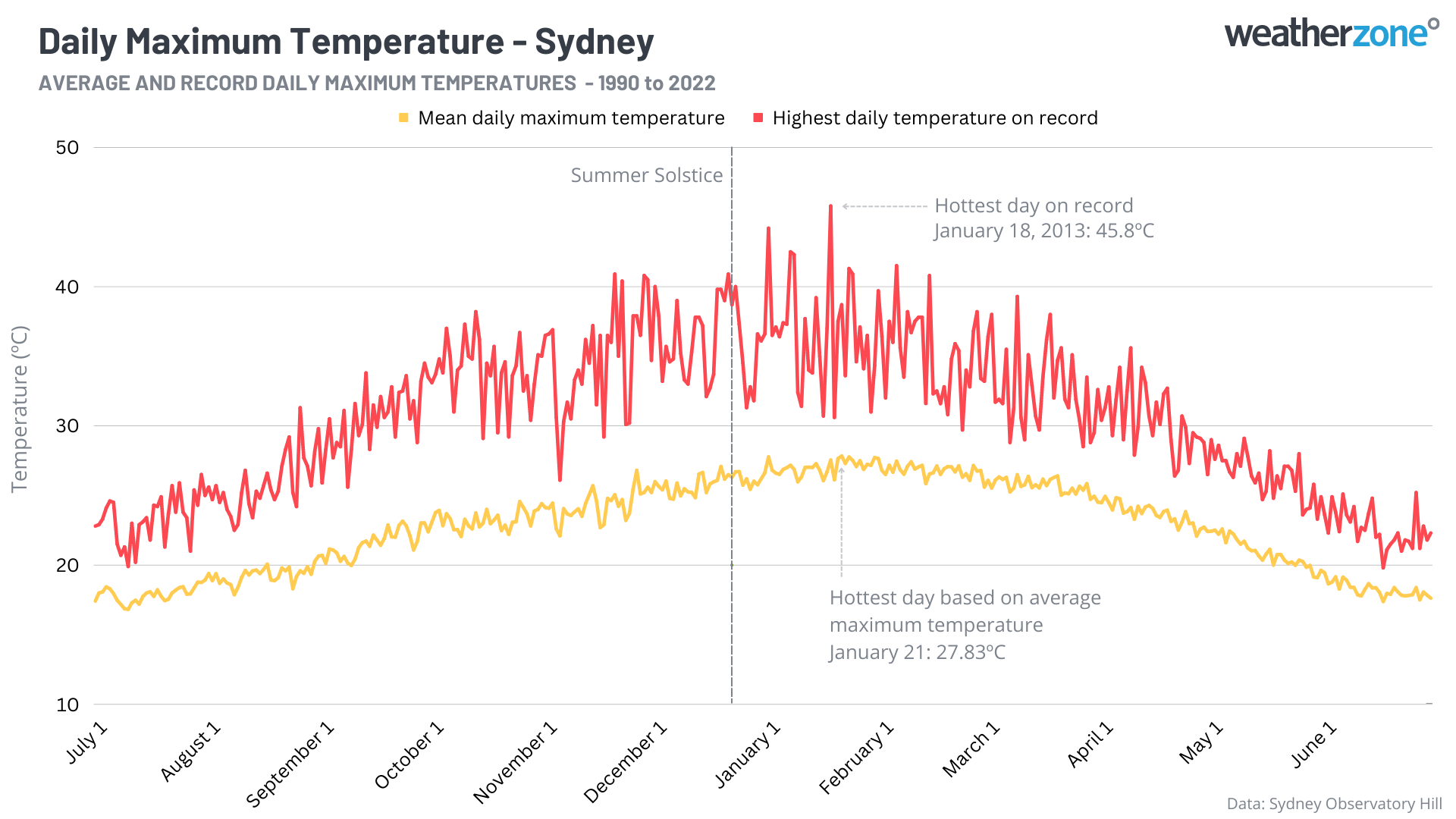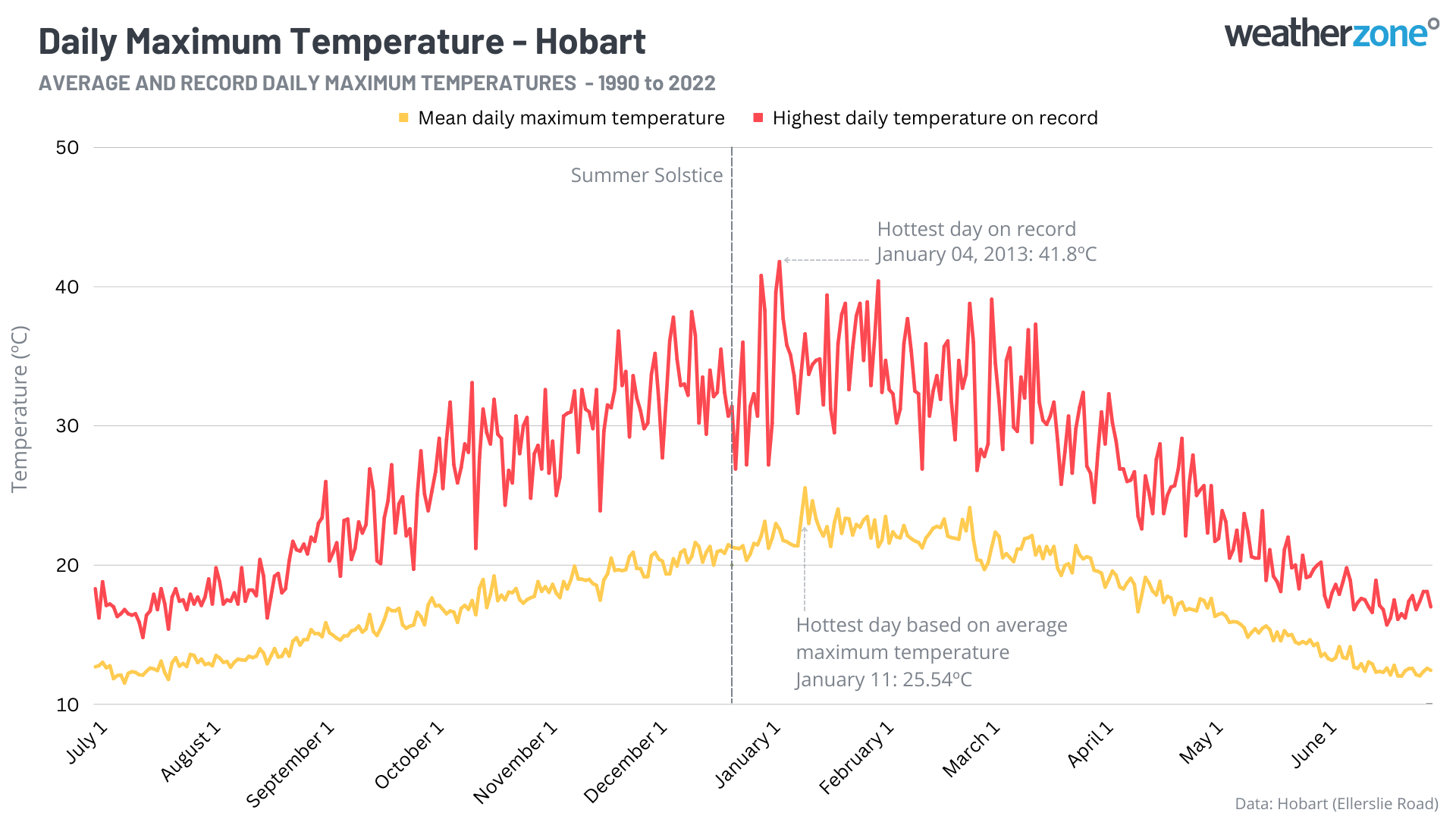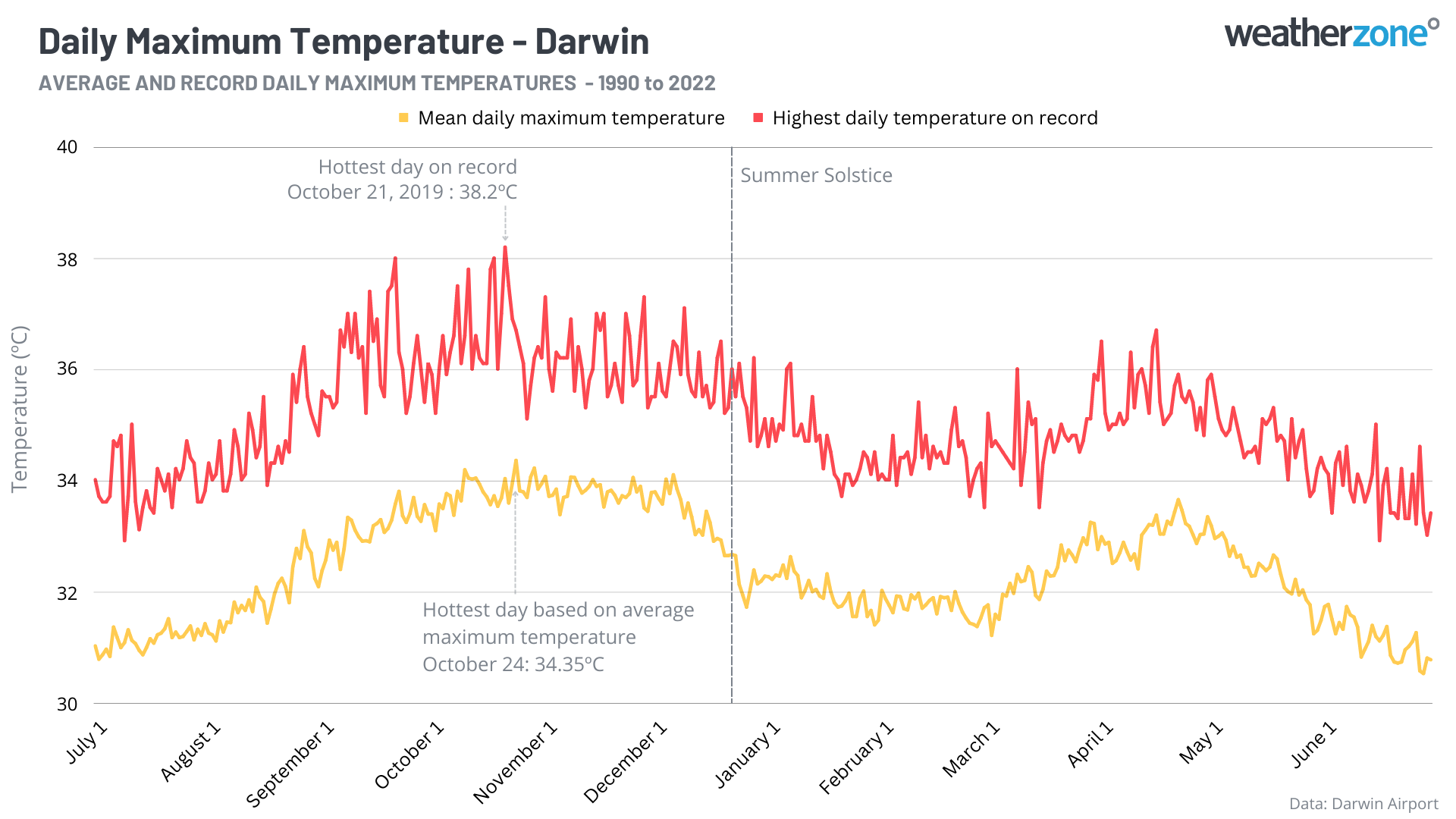Australia's longest day of the year almost here
The summer solstice will take place later this week, marking the longest day of the year in the Southern Hemisphere based on daylight hours.
Earth’s tilt relative to the sun changes constantly throughout the year. This changing angle of solar exposure causes our planet’s seasons and affects the length of day and night everywhere on Earth.
In late-March and late-September, Earth’s north and south poles are roughly equal distance from the Sun, with the Sun appearing to sit above our planet’s equator. This causes days and nights to be nearly equal in length everywhere on Earth.
Towards the end of December and June, the poles reach their maximum tilts towards and away from the Sun. This causes the year’s longest days and shortest nights on Earth.

Image: Earth’s south pole reaches its furthest tilt towards the sun on the date of the December summer solstice, causing the longest day of the year in the Southern Hemisphere.
This year’s summer solstice occurs at 8:48am AEDT on Thursday, December 22, marking the moment Earth’s south pole reaches its furthest tilt away from the sun. The December solstice causes the longest day and shortest night of the year in Australia and the rest of the Southern Hemisphere.
When is the warmest day of the year?
There is a common misconception that the longest amount of daylight hours on the summer solstice should correlate with the warmest day of the year. After all, the days around the summer solstice have the most time for solar heating at the surface.
But the warmest weather of the year for most of Australia actually occurs in the weeks following the summer solstice.
This lag is caused by the land and ocean both taking a while to absorb energy and heat up. The ocean in particular has a high heat capacity, which means it takes much longer to warm up than the land. This causes the relatively cool oceans in late-December to help keep Australia’s air temperature lower than they do in January.
So, while the longest days in Australia happen in late December, the hottest days outside the tropics usually happen in January, when the days are still long, and the oceans are a bit warmer.
The two graphs below show that the hottest days of the year in Sydney and Hobart occur in the weeks following the summer solstice. These graphs are based on the modern climate, using all daily observations between 1990 and 2022 to date.


Images: Daily mean maximum and temperatures and highest daily temperatures on record for Sydney and Hobart, between 1990 and 2022.
In Sydney, the warmest day of the year, based on the average of the last 33 years, is January 21, followed by January 1. The city’s hottest day between 1990 and 2022 occurred on January 18 in 2013.
For Hobart, the average warmest day of the year in the past few decades was January 11, followed by January 13. The city’s highest temperature on record was 41.8ºC on January 4, 2013.
Tropical areas of Australia don’t follow the same annual temperature trends as the two capital cities shown above. Temperatures in northern Australia are more influenced by the wet and dry seasons.
Darwin’s warmest days of the year typically occur in October, before the cooling effect of the wet season’s rain and thunderstorm activity has kicked in. The city also experiences a second spike in daytime temperatures in April, on the back end of the wet season.

Image: Daily mean maximum temperatures and highest daily temperatures on record for Darwin, between 1990 and 2022.
Darwin’s warmest day of the year on average is October 24, while the city’s hottest day in the last 33 years of records was 38.2ºC on October 21 in 2019.